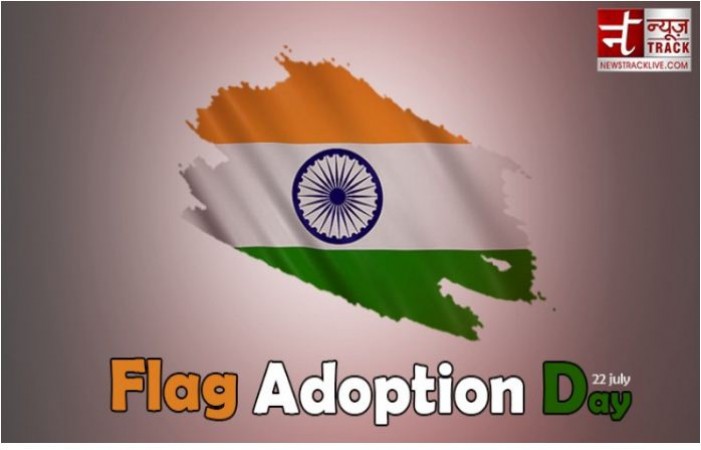
On July 22, 1947, a historic event took place in India as the national flag was adopted by the Constituent Assembly. This significant moment marked the formal recognition of the Indian national flag, which has since become an enduring symbol of the country's identity and struggle for independence. The adoption of the national flag was a poignant and symbolic step towards India's emergence as an independent nation. Let us delve into the details of this remarkable event and explore the significance of the Indian national flag.
The Birth of the National Flag: The process of designing the national flag of India began in 1946, a year before independence. A committee headed by Rajendra Prasad, the future President of India, was formed to choose a suitable flag for the nation. The committee included prominent leaders such as Maulana Abul Kalam Azad, Jawaharlal Nehru, and C. Rajagopalachari.
Pingali Venkayya, a freedom fighter and a geophysicist from Andhra Pradesh, had previously presented a flag design to Mahatma Gandhi during the Indian National Congress session in 1921. This design served as the foundation for the final version of the national flag. The committee made a few modifications to Venkayya's design, including the inclusion of a spinning wheel, or charkha, which was a symbol of the Swadeshi movement, emphasizing self-reliance and economic independence.
The Symbolism of the Flag: The national flag of India features three horizontal stripes of saffron (top), white (middle), and green (bottom). The saffron stripe represents courage and sacrifice, the white stripe signifies purity and truth, and the green stripe symbolizes fertility, growth, and auspiciousness. In the center of the white stripe, there is a navy blue Ashoka Chakra, a wheel with 24 spokes, which represents the eternal wheel of law.
The Adoption: On July 22, 1947, the Constituent Assembly of India, chaired by Dr. Rajendra Prasad, met for the first time to discuss and finalize the national flag. The discussion revolved around the design, colors, and symbolism of the flag. After extensive deliberation, the resolution to adopt the flag was moved by Pandit Nehru, and it was unanimously accepted by the assembly.
The Flag Unfurled: The official adoption of the national flag took place on July 22, 1947. The following day, July 23, 1947, the flag was hoisted for the first time at the Council House (now known as the Vidhan Bhavan) in New Delhi. The ceremony was attended by thousands of people who witnessed this momentous occasion. The unfurling of the national flag symbolized the beginning of a new era for India.
The adoption of the national flag played a crucial role in shaping the national identity of India. It instilled a sense of unity, pride, and patriotism among the Indian population. The flag became a powerful symbol of the country's freedom struggle, embodying the aspirations and hopes of the Indian people.
Since its adoption, the national flag has been an integral part of Indian culture and tradition. It is proudly displayed on public buildings, schools, and homes throughout the country, serving as a constant reminder of India's hard-fought independence and the values it upholds.
The adoption of the national flag by the Constituent Assembly on July 22, 1947, marked a significant milestone in India's journey towards independence. The flag's design and symbolism continue to resonate with the Indian populace, serving as a powerful reminder of the country's rich history, unity and heritage.